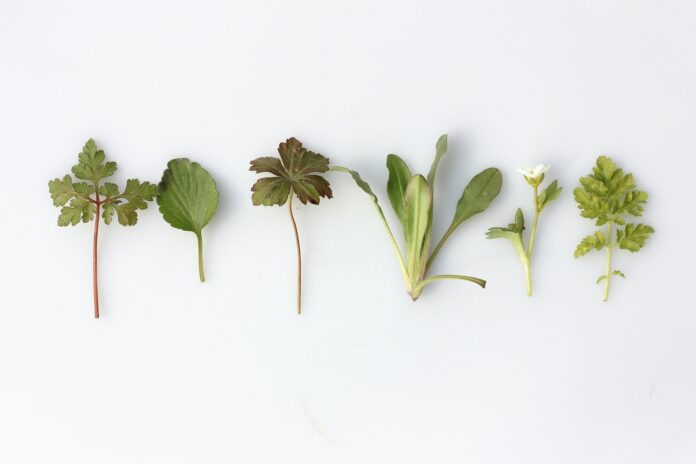
FRESH herbs are probably one of the simplest, most accessible ways we have to make substantial improvements to our health while enhancing the flavour of each meal. Whether you have acres of space or a tiny windowsill, one simple addition you can make to your lifestyle is to grow a variety of herbs. They are packed with nutrients, including iron, chlorophyl, and vitamin C and add wonderful depth and variety to your food, meaning you don’t have to rely so heavily on salt or processed herb ‘flavoured’ seasonings.
Not only that, they work out much cheaper than shop-bought herbs, as you can cut and come again rather than just buying one-off bags each time you need herbs. You’ll find the flavour is often more powerful too, as you’ve just picked them straight from a pot. Bagged herbs have usually had to endure a degree of handling and travelling. Sturdier herbs like rosemary can handle this better than some of the softer, leafier herbs like basil or coriander.
The other big benefit of growing your own is being able to select slightly unusual herbs or heritage varieties of particular herbs. You simply wouldn’t find them in supermarkets. Depending on how much space you have, see what seems feasible to grow. Some herbs get on alright when squished in with others, while some need their space and simply won’t thrive in a cramped spot.
Here are some you may want to try.
Chervil
Related to parsley, chervil is a plant that rarely gets much bigger than a foot tall, so it’s handy if you don’t have much space. It tastes nothing like parsley though. Its flavour is much more delicate, with an anise fragrance running through it, which means it works well with fish dishes.
Try it over steamed vegetables, salad, or over an omelette. It has similar diuretic properties to parsley, making it beneficial for the kidneys.
Salad Burnet
Yes it’s a herb, but it’s also a great alternative if you don’t have space to grow cucumbers, as that’s exactly how it tastes.
This obviously makes it a natural choice for salads but without the overly cooling nature that cucumber has. Therefore, it’s a better option at this time of year, when you may still want that flavour but the cooling nature of cucumber just doesn’t work with the cooler, damper weather.
Add salad burnet to live yoghurt to make a healthy raita to serve with curries. It doesn’t seem bothered by the weather and it is only if it turns really cold that it loses its leaves. This herb has to be eaten fresh, as it loses all its vitality once dried.
Sage
When you see its soft green velvet leaves, it’s easy to understand why sage doesn’t like to be grown in a damp, wet spot. Keep it separate from anything that requires lots of watering.
In terms of our own health, sage doesn’t like moisture either and is a great cure for night sweats, fevers, etc. Take sage tea on a regular basis to prevent sweats occurring in the first place. Gargle with sage in cases of strep throat or tonsillitis, as it has a powerful antiseptic action.
Its strong taste also works well in cooking, of course, from stews and soups to risotto, anything with autumnal flavours especially. Try to grow it in a terracotta pot if possible for drainage.
Oregano
A compact plant to grow, oregano adds a wonderfully pungent, savoury flavour to your food. Think of just about any Italian creation – pizza, pasta, aubergine dishes and you’ve got oregano.
Oregano oil is an exceptional antiseptic. While growing it yourself means you are more likely to be using it as a culinary herb, you will still get some of the benefits of its cleansing oil.
It’s been planted since the Greeks, though of course oregano also grows wild in sunny mountainous areas, which are dry, hot, and exposed to plenty sunshine. Not exactly a description of Ireland, but at least avoid overwatering it and give it the sunniest spot you can find.
These is just a handful of the hundreds of herbs available. So get out there and see what flavours appeal to you knowing that, whichever you choose, they will all add great vitality and nutrients to your diet.










